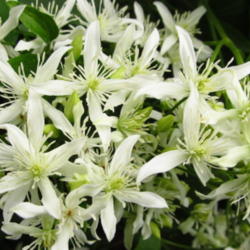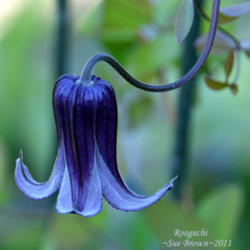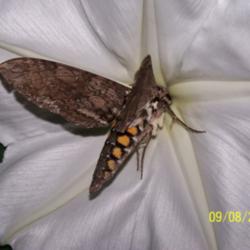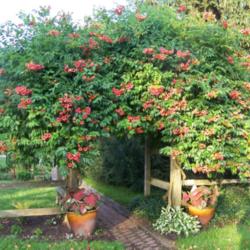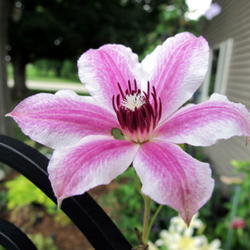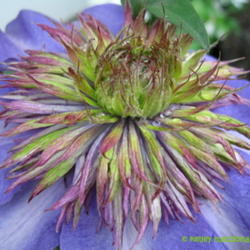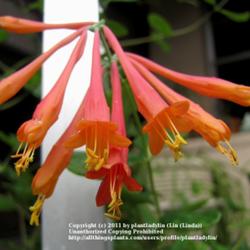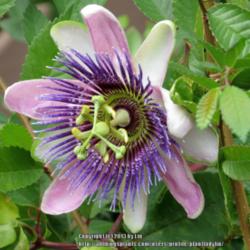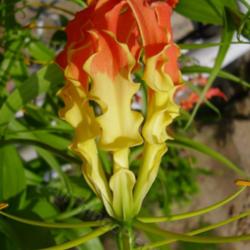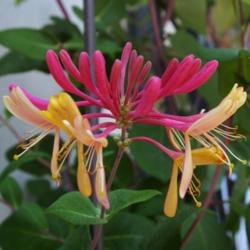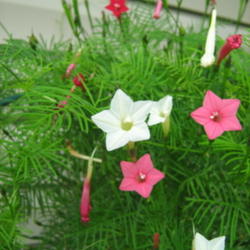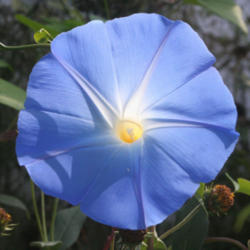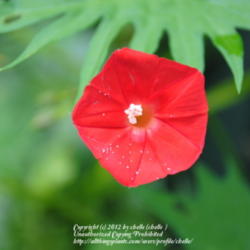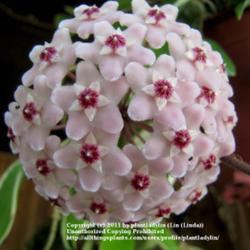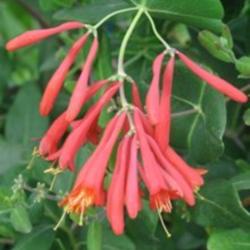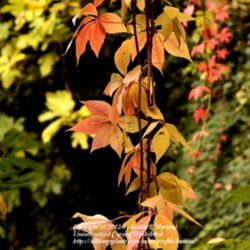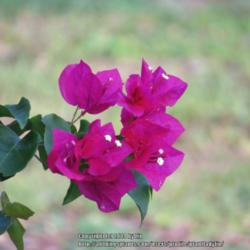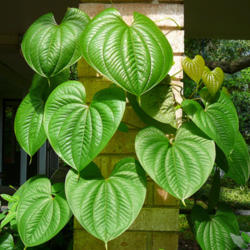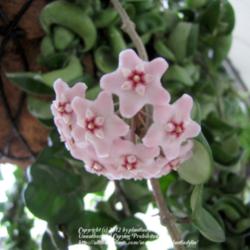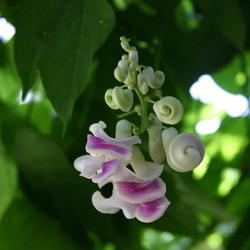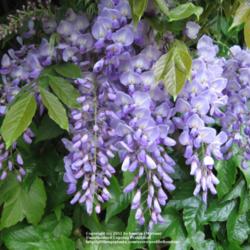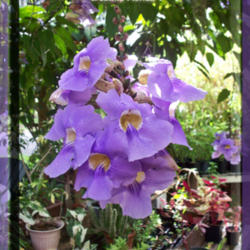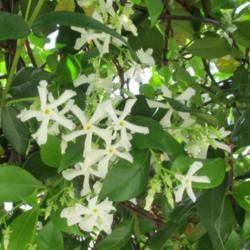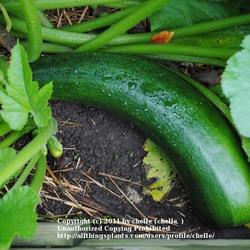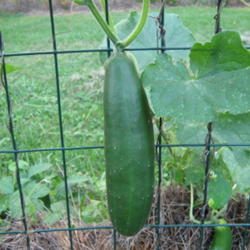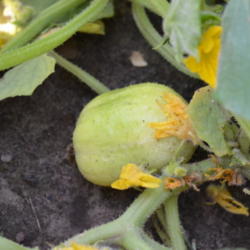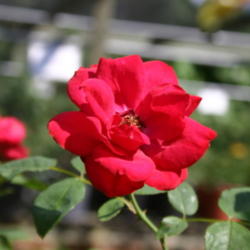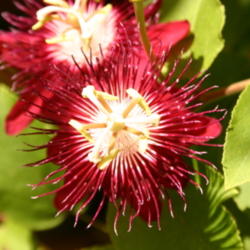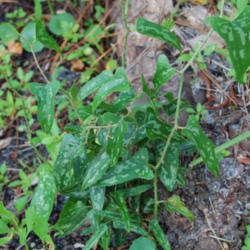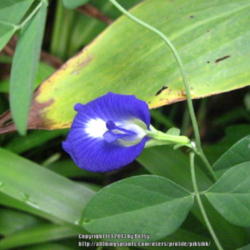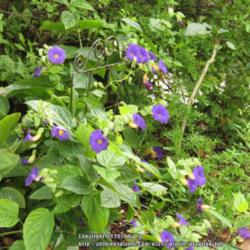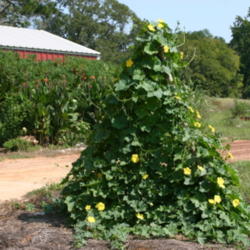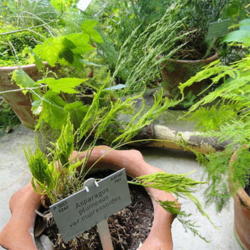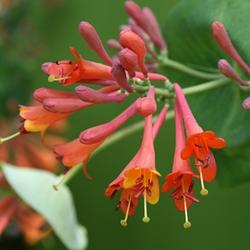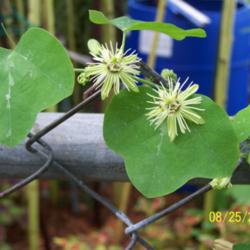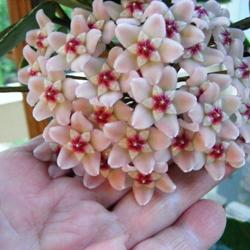#12: Gloriosa Lily (Gloriosa superba 'Rothschildiana')
@jmorth says, "Some cultural notes on Gloriosa rothschildiana -
I usually grow mine in very large containers (14 to 20" +).
I place the tubers (which are often shaped like fingers, legs, or L's) 2 inches below the top of the soil, they are placed horizontally an inch or two apart, 3 to 6 per container. If using pots or containers, its a good idea to have a trellis in place so as not to accidentally pierce one when it is covered with soil later. They can grow upward (by tendrils at leaf's end) up to 8 feet per season. It's essential to provide a support for them to grow upward on. The soil must be free draining (adding some sand usually helps). For most of my containers I put a couple inches of styrofoam peanuts in the bottom (this keeps the weight more manageable and helps drainage). Mine usually bloom through the whole summer season. When they decline by fall, taper off watering. I move mine to the basement for overwinter storage. If utilizing large pots, they may be be left dry in the pots till spring, when it is recommended they be re-potted. When tapped out of their old pot, an amazing juxtaposition has often occurred in that the tubers migrate from the horizontal plane to become vertical.
I usually fertilize them with liquid Miracle Grow every 2 to 3 weeks.
One can ascertain when they'll come out of their dormancy by observing the tuber tips, which take on a pinkish coloration. At this point it is usually easier to establish which side goes up when planting because a rudimentary eye becomes visible and points upward. The basement here maintains a fairly constant average temperature around 60 degrees.
When grown outside, they prefer nighttime temps of 60 - 70 degrees, but they can tolerate temps down to 50 degrees. Preferred day temps are 75 degrees or higher with high humidity (typical midwest climate).
They can also be grown as houseplants or in the ground as summer plants.
At season's end or next season's beginning when you are extracting them from their habitat, it is easy to break them. If that happens, be not overly alarmed as each separate leg may bloom anyway."
